SUMMARY
This is AI generated summarization, which may have errors. For context, always refer to the full article.
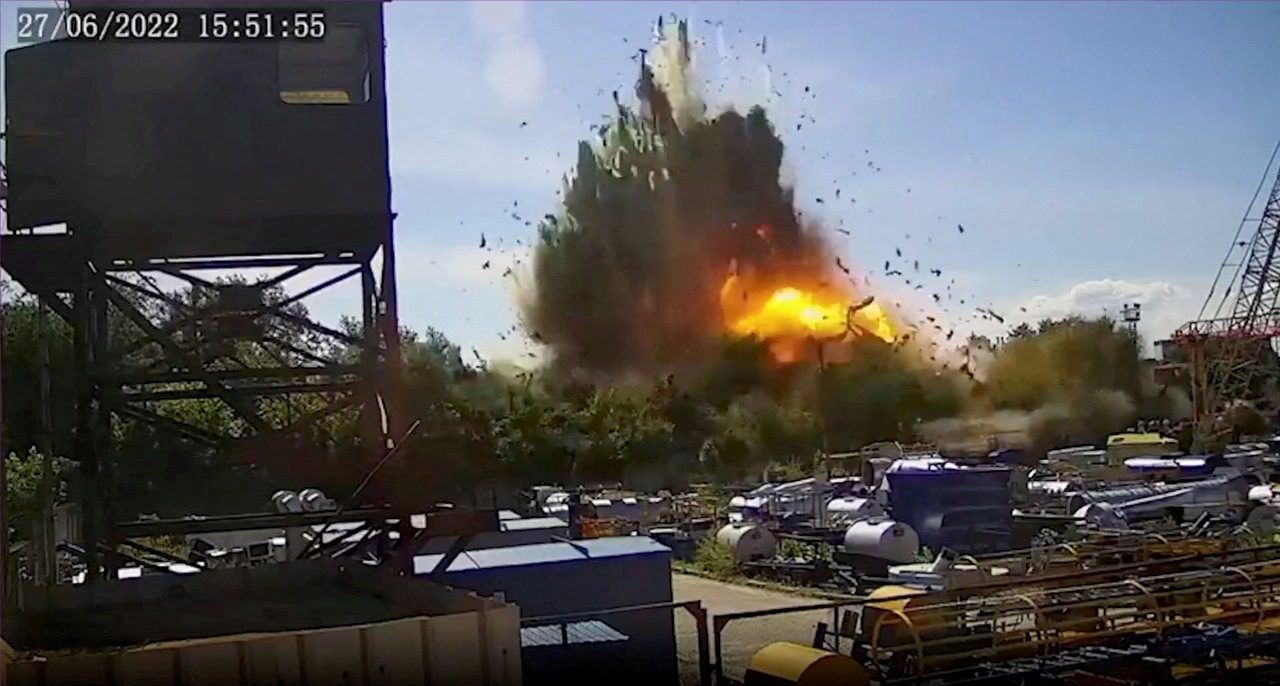
NATO on Wednesday, June 29, branded Russia the most “direct threat” to allied security after Moscow’s invasion of Ukraine and vowed to modernize the beleaguered Ukrainian military, saying it stood four-square with Kyiv in “the heroic defense of their country”.
Completing a summit dominated by the geopolitical upheaval caused by the invasion, NATO formally invited Sweden and Finland to join the alliance and pledged to reinforce combat-ready and rapid-reaction forces on its eastern flank, closest to Russia.
President Joe Biden announced additional US land, air and sea deployments across Europe, including a permanent army headquarters with accompanying battalion in Poland, the first full-time US deployment on NATO’s eastern fringes.
As the 30 national NATO leaders were meeting in Madrid, Russian forces intensified attacks in Ukraine, including missile strikes on the southern Mykolaiv region close to front lines.
The mayor of Mykolaiv city said a Russian missile had killed at least three people in a residential building there, while
Moscow said its forces had hit what it called a training base for foreign mercenaries in the region.
The governor of eastern Luhansk province reported “fighting everywhere” in the battle around the hilltop city of Lysychansk, which Russian troops are trying to encircle as they pursue a bid to seize all of Ukraine’s heavily industrialized east.
Ukrainian President Volodymyr Zelenskiy reiterated to NATO leaders that Kyiv needed more weapons and money, and faster, to start countering Russia’s huge edge in firepower, and warned that the Kremlin’s ambitions did not stop at Ukraine.
Ukraine’s Foreign Minister Dmytro Kuleba later praised NATO’s “clear-eyed stance” on Russia, adding: “An equally strong and active position on Ukraine will help to protect the Euro-Atlantic security and stability.”
‘Full solidarity’
A NATO communique called Russia the “most significant and direct threat to the allies’ security and stability”, a nod to the precipitous deterioration in relations with Russia – earlier classified as a “strategic partner” – since the invasion.
NATO agreed a package of support aimed at modernizing Ukraine’s military. “We stand in full solidarity with the government and the people of Ukraine in the heroic defense of their country,” the communique said.#
“We are sending a strong message to (Russian President Vladimir) Putin: ‘You will not win’,” said Spanish Prime Minister Pedro Sanchez, the summit’s host.
The US-led alliance said it would also deploy more “robust in-place combat-ready forces” on its eastern flank, scaled up from existing battlegroups to brigade-size units.
NATO Secretary General Jens Stoltenberg had announced ahead of the summit that the alliance planned to increase the number of troops on high alert by seven-fold to more than 700,000.
Zelenskiy, in a video link-up with NATO, said Ukraine needed $5 billion per month for its defense and protection.
“This not a war being waged by Russia against only Ukraine. This is a war for the right to dictate conditions in Europe – for what the future world order will be like,” he said.
Biden said the fresh US deployment plans include sending extra warships to Spain, fighter jet squadrons to Britain, ground troops to Romania, air defence units to Germany and Italy, and a range of assets to the Baltic states.
NATO’s invitation to Sweden and Finland to join the bloc marks one of the most momentous shifts in European security in decades as Helsinki and Stockholm drop a tradition of neutrality in response to Russia’s invasion.
Russia has long complained about a perceived expansion of Western blocs towards its borders. But its sweep into Ukraine – which it calls a “special military operation” against security threats to Russia – has given new impetus and unity to NATO.
Ukraine and its Western supporters accuse Russia of an unprovoked and imperial-style land grab in Ukraine. (LIVE UPDATES: Russia-Ukraine crisis)
Russian Deputy Foreign Minister Sergei Ryabkov said NATO’s expansion was “destabilizing” and would not boost its members’ security.
Grinding war
Russia’s stepped-up attacks in Ukraine – after a missile strike on a shopping mall killed at least 18 people in a central city on Monday – come as the Kremlin’s forces make slow but relentless progress in a war now in its fifth month.
Still, Western analysts say the Russians are taking heavy casualties and depleting resources, while the prospect of more Western weapons reaching Ukraine, including long-range missile systems, make Moscow’s need to cement any gains more urgent.
In Mykolaiv, Mayor Oleksandr Senkevych said eight Russian missiles had struck the city, including an apartment block. Photographs showed smoke billowing from a four-storey building with its upper floor partly destroyed.
Russia’s defense ministry said its forces carried out strikes on a military training base for “foreign mercenaries”
near the city and also hit ammunition fuel storage. Reuters was not able to independently verify the reports.
A river port and ship-building center just off the Black Sea, Mykolaiv has been a bastion against Russian efforts to push westward towards Ukraine’s main port of Odesa.
Mykolaiv regional Governor Vitaliy Kim said Russian shelling had increased and mostly civilian buildings were being hit. “It is dangerous in Mykolaiv now, more dangerous than three weeks ago,” he said.
Oleksander Vilkul, governor of Kryvyi Rih in central Ukraine, said Russian shelling had increased there too.
Rescuers were still searching for dozens of missing at the Kremenchuk mall on Wednesday, two days after the missile strike.
Moscow has denied targeting the mall and said it had struck an arms depot nearby, which exploded.
Britain’s Ministry of Defence said Russia was likely to keep making major strikes in an effort to hamper Ukrainian resupplies to frontlines, and more civilian casualties were likely.
Russia has denied deliberately targeting civilian areas but the United Nations says at least 4,700 civilians have been killed during the invasion. Ukraine believes the true civilian toll is many times higher. – Rappler.com
– Rappler.com
Add a comment
How does this make you feel?

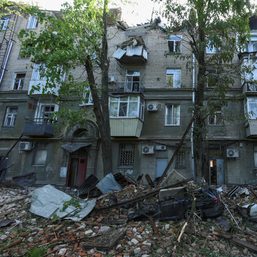
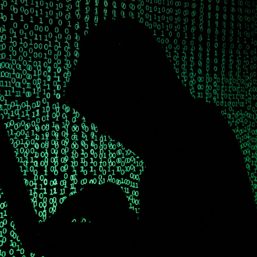
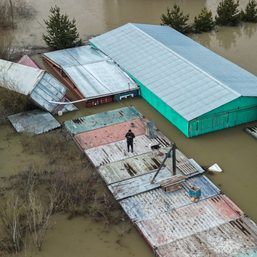
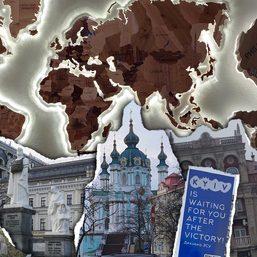
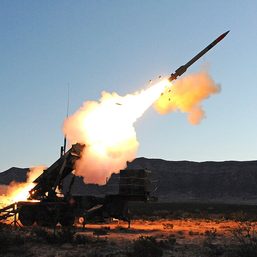
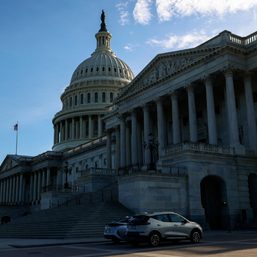
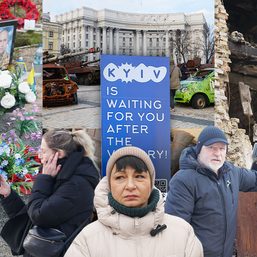
There are no comments yet. Add your comment to start the conversation.